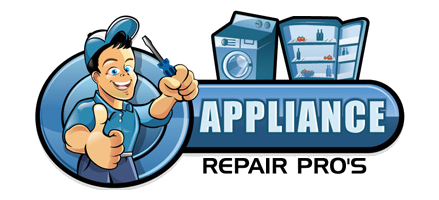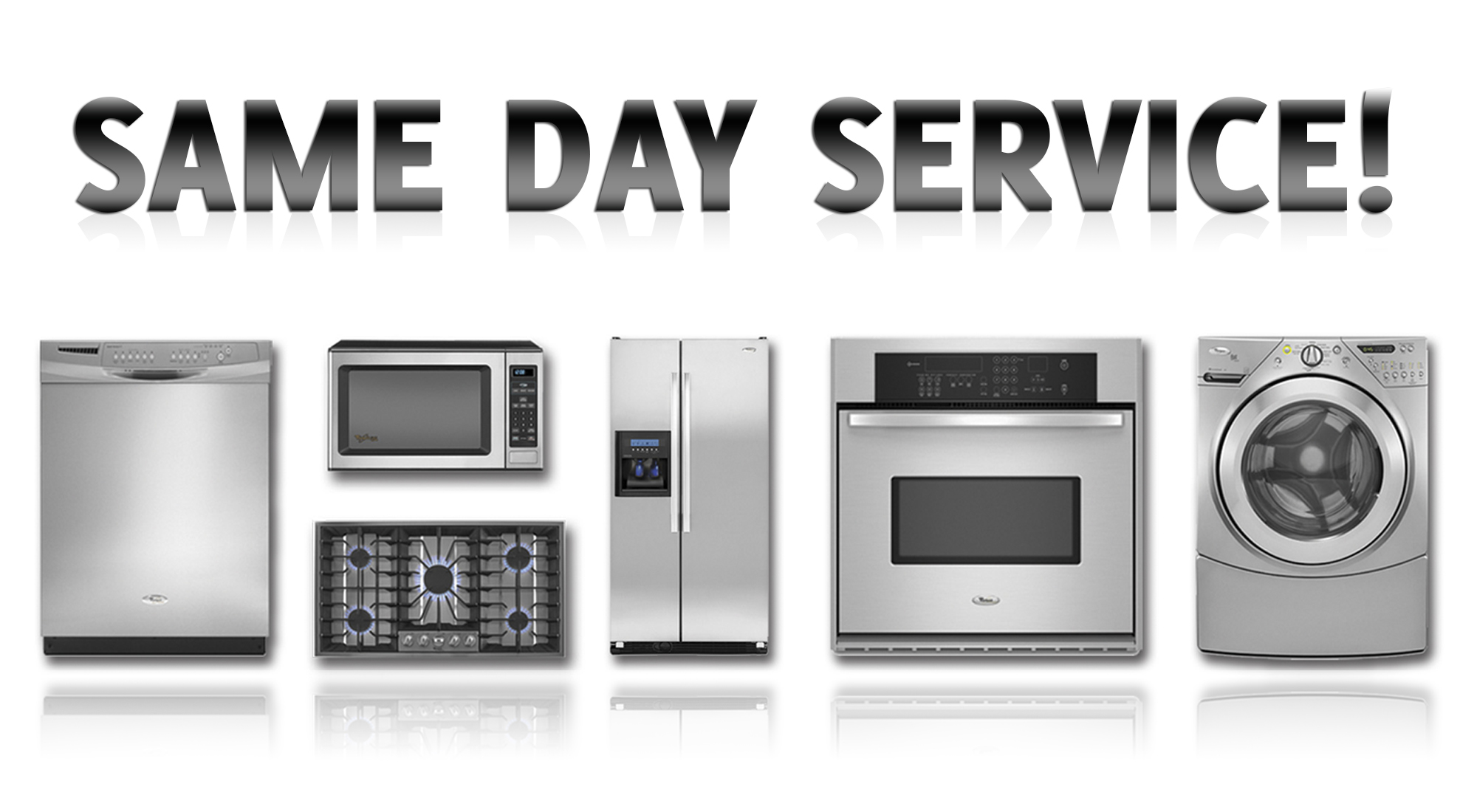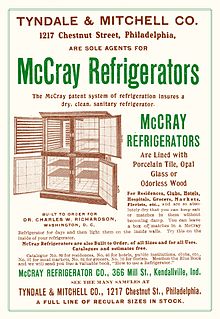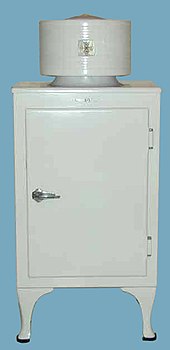Port St Lucie Refrigerator Repair (772) 501-9870
Refrigerator Repair in Port St Lucie. We have been providing outstanding service, fast turn arounds, and affordable pricing to all of the Treasure Coast for many years. Our technicians and service people have many years of experience servicing refrigerators. We have seen it all, from compressor change outs to simple relays burning out. No matter the condition we can find a solution to your refrigeration problems. All of our technicians have been factory trained in the proper maintenance and service procedures for all brands. Including Samsung and LG refrigerators. Refrigerator Repair can be done quickly sometimes in the same day. Don't throw your money away on a second rate company that will not properly diagnose your refrigerators problem costing you more money and potentially causing more problems for your refrigerator. We proudly offer OEM quality parts and back all of our repairs with a 90 day guarantee. Our refrigerator repair team is extremely qualified and can handle the most technical refrigerator repair jobs.
We are EPA certified to handle all refrigerants
Think your fridge might be low on refrigerant? We can find and repair refrigerant leaks for less than you think! We are fully licensed and insured to handle refrigerant recovery, evacuation, and recharging. Unlike less qualified service companies that will not diagnose or repair refrigerant issues we proudly offer factory level service.
Contact us today!
Appliance Repair in Port St. Lucie FL
Refrigerator Sealed Systems and How To Access Them
Appliance Repair Service in St Lucie West
Refrigerator repair is a very sensitive task involving high pressure refrigerants, electrical connections, and electronic control parts. Your refrigerator should always be repaired by a qualified technician. The simplest things can make a refrigerator unrepairable. We can fix most mistakes made by others, although there's the chance that negligence can destroy a refrigerator.
Contact a Refrigerator Repair Specialist (772) 501-9870
A refrigerator (colloquially fridge) consists of a thermally insulated compartment and a heat pump (mechanical, electronic or chemical) that transfers heat from the inside of the fridge to its external environment so that the inside of the fridge is cooled to a temperature below the room temperature. Refrigeration is an essential food storage technique in developed countries. The lower temperature lowers the reproduction rate of bacteria, so the refrigerator reduces the rate of spoilage. A refrigerator maintains a temperature a few degrees above the freezing point of water. Optimum temperature range for perishable food storage is 3 to 5 °C (37 to 41 °F).[1] A similar device that maintains a temperature below the freezing point of water is called a freezer. The refrigerator replaced the icebox, which had been a common household appliance for almost a century and a half.
The first cooling systems for food involved ice. Artificial refrigeration began in the mid-1750s, and developed in the early 1800s. In 1834, the first working vapor-compression refrigeration system was built. The first commercial ice-making machine was invented in 1854. In 1913, refrigerators for home use were invented. In 1923 Frigidaire introduced the first self-contained unit. The introduction of Freon in the 1920s expanded the refrigerator market during the 1930s. Home freezers as separate compartments (larger than necessary just for ice cubes) were introduced in 1940. Frozen foods, previously a luxury item, became commonplace.
Freezer units are used in households and in industry and commerce. Refrigerator repair services have been repairing refrigerators. Commercial refrigerator and freezer units were in use for almost 40 years prior to the common home models. The freezer-on-top-and-refrigerator-on-bottom style had been the basic style since the 1940s, until modern refrigerators broke the trend. A vapor compression cycle is used in most household refrigerators, refrigerator–freezers and freezers. Newer refrigerators may include automatic defrosting, chilled water, and ice from a dispenser in the door.
Domestic refrigerator repair and freezers for food storage are made in a range of sizes. Among the smallest are Peltier-type refrigerators designed to chill beverages. A large domestic refrigerator stands as tall as a person and may be about 1 m wide with a capacity of 600 L. Refrigerators and freezers may be free-standing, or built into a kitchen. The refrigerator allows the modern household to keep food fresh for longer than before. Freezers allow people to buy food in bulk and eat it at leisure, and bulk purchases save money.
Refrigerator Repair Brands Serviced:
- Whirlpool
- GE General Electric
- Frigidaire
- Electrolux
- Maytag
- Kitchenaid
- Jenn Aire
- Sub Zero
- Wolf
- Thermador
- Kenmore
- Sears
- Samsung
- LG
- Amana
History
Refrigeration technology
Before the invention of the refrigerator, icehouses were used to provide cool storage for most of the year. Placed near freshwater lakes or packed with snow and ice during the winter, they were once very common. Natural means are still used to cool foods today. On mountainsides, runoff from melting snow is a convenient way to cool drinks, and during the winter one can keep milk fresh much longer just by keeping it outdoors. The word "refrigeratory" was used at least as early as the 17th century[2]
The history of artificial refrigeration began when Scottish professor William Cullen designed a small refrigerating machine in 1755. Cullen used a pump to create a partial vacuum over a container of diethyl ether, which then boiled, absorbing heat from the surrounding air.[3] The experiment even created a small amount of ice, but had no practical application at that time.
In 1805, American inventor Oliver Evans described a closed vapor-compression refrigeration cycle for the production of ice by ether under vacuum. In 1820, the British scientist Michael Faraday liquefied ammonia and other gases by using high pressures and low temperatures, and in 1834, an American expatriate in Great Britain, Jacob Perkins, built the first working vapor-compression refrigeration system. It was a closed-cycle device that could operate continuously.[4] A similar attempt was made in 1842, by American physician, John Gorrie,[5] who built a working prototype, but it was a commercial failure. American engineer Alexander Twining took out a British patent in 1850 for a vapor compression system that used ether.
The first practical vapor compression refrigeration system was built by James Harrison, a Scottish Australian. His 1856 patent was for a vapor compression system using ether, alcohol or ammonia. He built a mechanical ice-making machine in 1851 on the banks of the Barwon River at Rocky Point in Geelong, Victoria, and his first commercial ice-making machine followed in 1854. Harrison also introduced commercial vapor-compression refrigeration to breweries and meat packing houses, and by 1861, a dozen of his systems were in operation.
Ferdinand Carré's ice-making device
The first gas absorption refrigeration system using gaseous ammonia dissolved in water (referred to as "aqua ammonia") was developed by Ferdinand Carré of France in 1859 and patented in 1860. Carl von Linde, an engineering professor at the Technological University Munich in Germany, patented an improved method of liquefying gases in 1876. His new process made possible the use of gases such as ammonia (NH3), sulfur dioxide (SO2) and methyl chloride (CH3Cl) as refrigerants and they were widely used for that purpose until the late 1920s.
Domestic refrigerator
In 1913, refrigerators for home and domestic use were invented by Fred W. Wolf of Fort Wayne, Indiana, with models consisting of a unit that was mounted on top of an ice box.[6][7] In 1914, engineer Nathaniel B. Wales of Detroit, Michigan, introduced an idea for a practical electric refrigeration unit, which later became the basis for the Kelvinator. A self-contained refrigerator, with a compressor on the bottom of the cabinet was invented by Alfred Mellowes in 1916. Mellowes produced this refrigerator commercially but was bought out by William C. Durant in 1918, who started the Frigidaire company to mass-produce refrigerators. In 1918, Kelvinator company introduced the first refrigerator with any type of automatic control. The absorption refrigerator was invented by Baltzar von Platen and Carl Munters from Sweden in 1922, while they were still students at the Royal Institute of Technology in Stockholm. It became a worldwide success and was commercialized by Electrolux. Other pioneers included Charles Tellier, David Boyle, and Raoul Pictet. Carl von Linde was the first to patent and make a practical and compact refrigerator.
These home units usually required the installation of the mechanical parts, motor and compressor, in the basement or an adjacent room while the cold box was located in the kitchen. There was a 1922 model that consisted of a wooden cold box, water-cooled compressor, an ice cube tray and a 9-cubic-foot (0.25 m3) compartment, and cost $714. (A 1922 Model-T Ford cost about $450.) By 1923, Kelvinator held 80 percent of the market for electric refrigerators. Also in 1923 Frigidaire introduced the first self-contained unit. About this same time porcelain-covered metal cabinets began to appear. Ice cube trays were introduced more and more during the 1920s; up to this time freezing was not an auxiliary function of the modern refrigerator.
The first refrigerator to see widespread use was the General Electric "Monitor-Top" refrigerator introduced in 1927, so-called because of its resemblance to the gun turret on the ironclad warship USS Monitor of the 1860s. The compressor assembly, which emitted a great deal of heat, was placed above the cabinet, and enclosed by a decorative ring. Over a million units were produced. As the refrigerating medium, these refrigerators used either sulfur dioxide, which is corrosive to the eyes and may cause loss of vision, painful skin burns and lesions, or methyl formate, which is highly flammable, harmful to the eyes, and toxic if inhaled or ingested. Many of these units are still functional today, after requiring little more service than a replacement start relay or thermostat if at all. These cooling systems cannot legally be recharged with the hazardous original refrigerants if they leak or break down.
A 1930s era General Electric refrigerator in the Ernest Hemingway House
The introduction of Freon in the 1920s expanded the refrigerator market during the 1930s and provided a safer, low-toxicity alternative to previously used refrigerants. Separate freezers became common during the 1940s; the popular term at the time for the unit was a deep freeze. These devices, or appliances, did not go into mass production for use in the home until after World War II.[8] The 1950s and 1960s saw technical advances like automatic defrosting and automatic ice making. More efficient refrigerators were developed in the 1970s and 1980s, even though environmental issues led to the banning of very effective (Freon) refrigerants. Early refrigerator models (from 1916) had a cold compartment for ice cube trays. From the late 1920s fresh vegetables were successfully processed through freezing by the Postum Company (the forerunner of General Foods), which had acquired the technology when it bought the rights to Clarence Birdseye's successful fresh freezing methods.
The first successful application of frozen foods occurred when General Foods heiress Marjorie Merriweather Post (then wife of Joseph E. Davies, United States Ambassador to the Soviet Union) deployed commercial-grade freezers in Spaso House, the US Embassy in Moscow, in advance of the Davies' arrival. Post, fearful of the USSR's food processing safety standards, fully stocked the freezers with products from General Foods' Birdseye unit. The frozen food stores allowed the Davies to entertain lavishly and serve fresh frozen foods that would otherwise be out of season. Upon returning from Moscow, Post (who resumed her maiden name after divorcing Davies) directed General Foods to market frozen product to upscale restaurants.
Home freezers as separate compartments (larger than necessary just for ice cubes), or as separate units, were introduced in the United States in 1940. Frozen foods, previously a luxury item, became commonplace.







